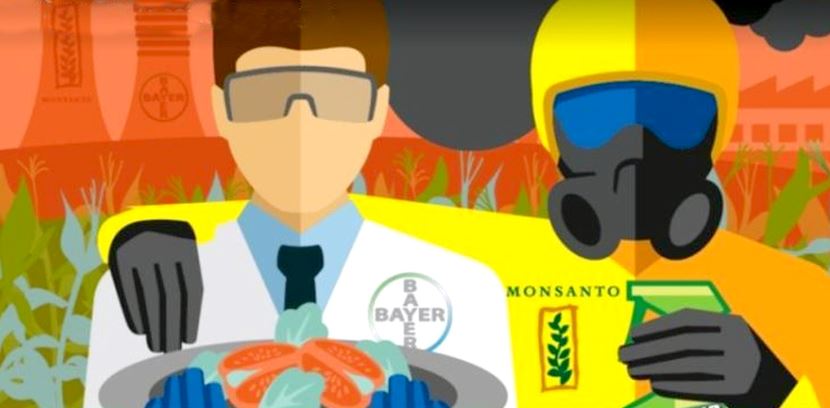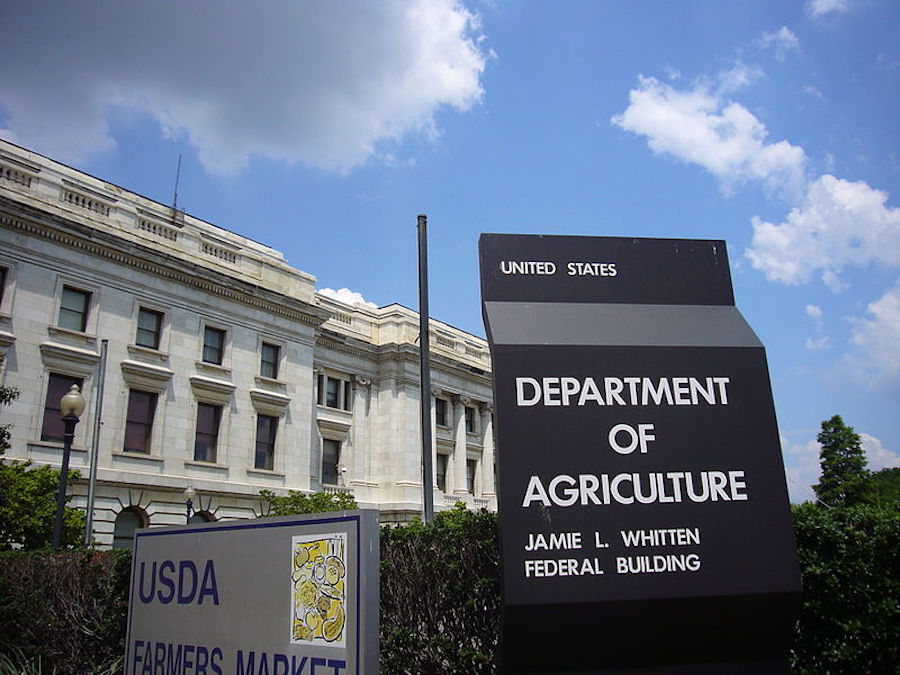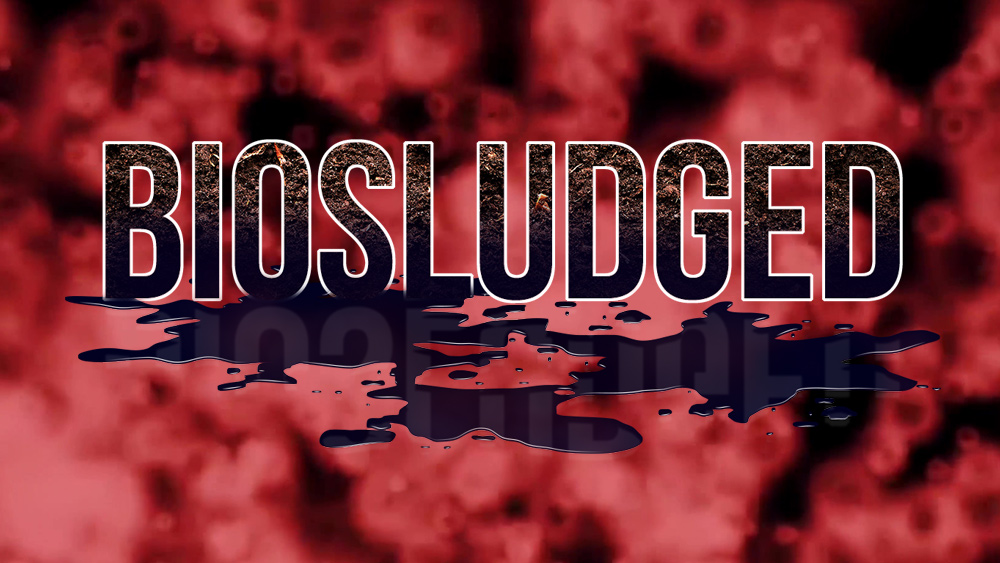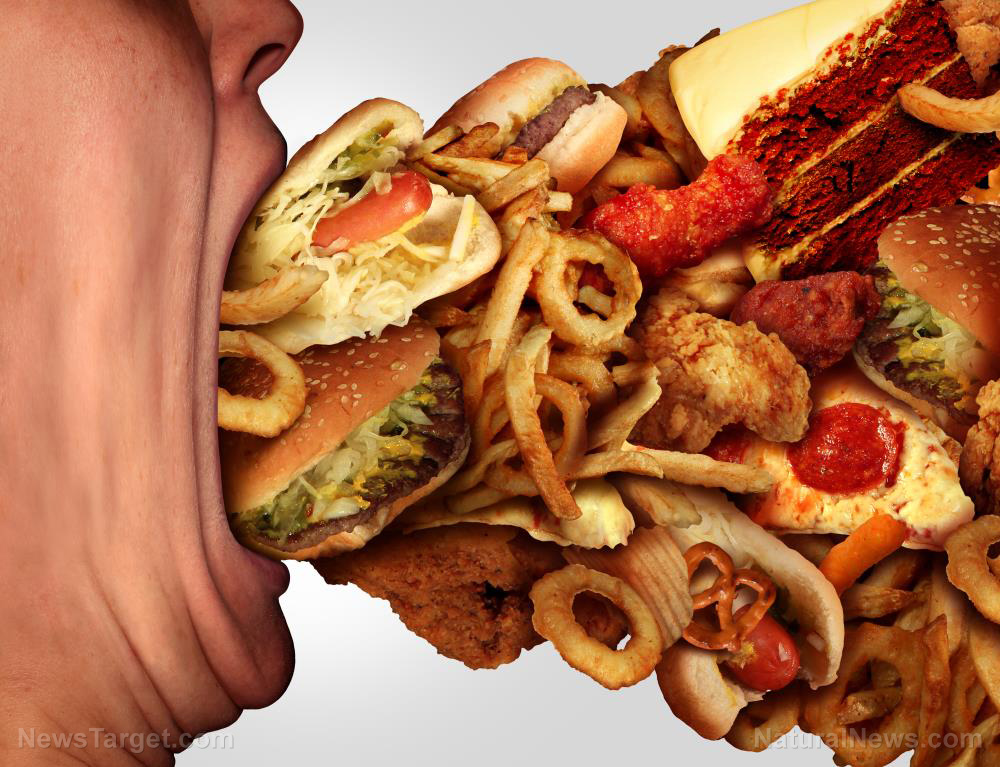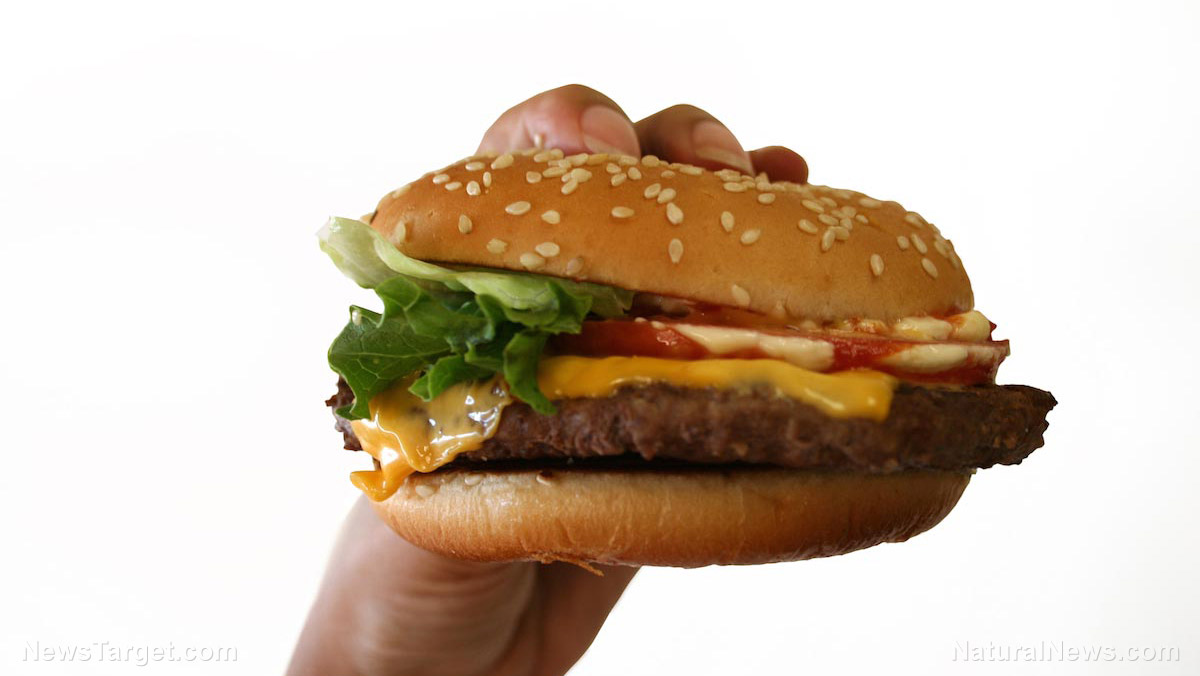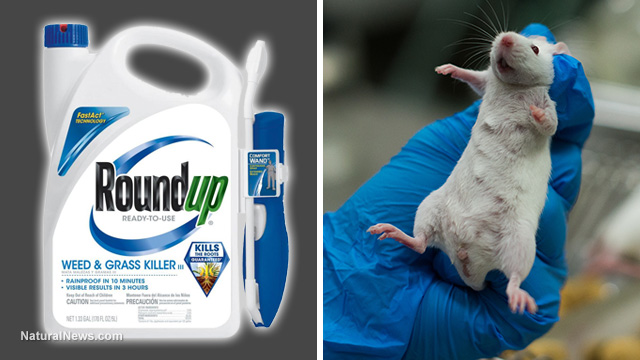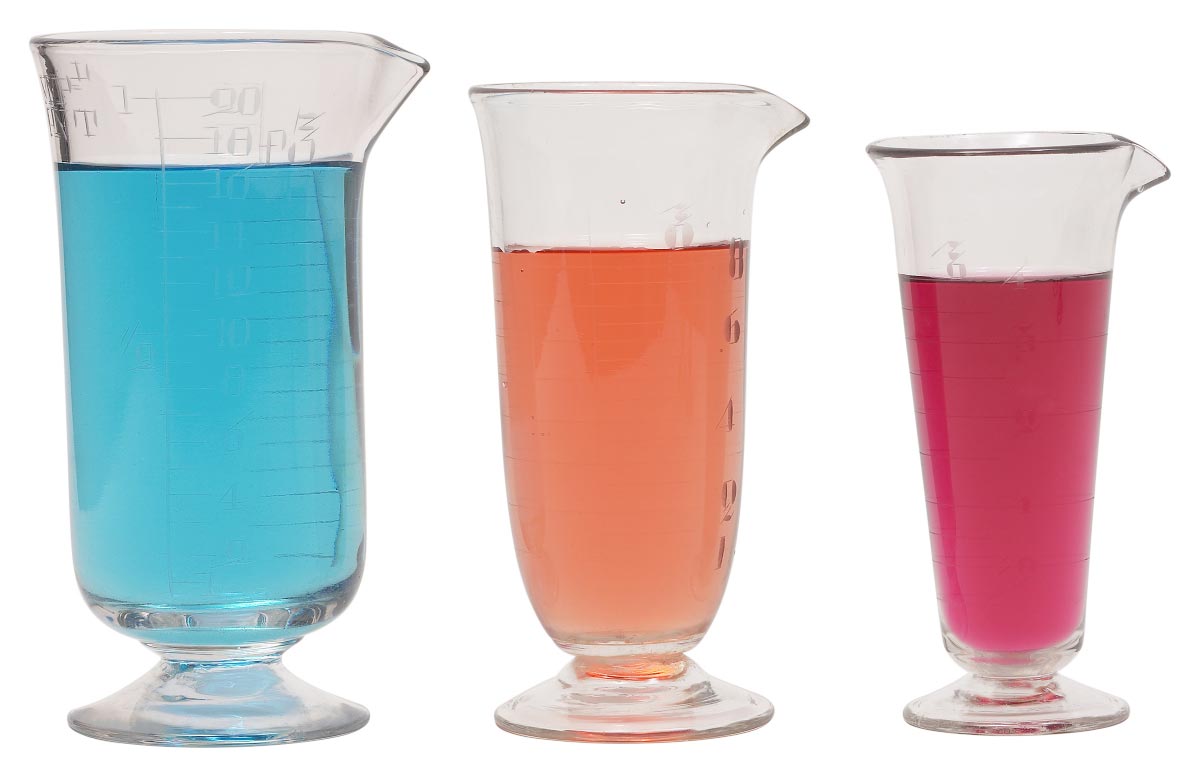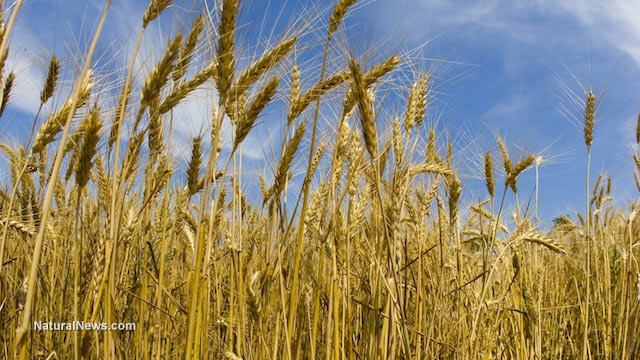A peek behind the (toxic) curtain: Here’s why glyphosate is sprayed on food crops before harvest
04/07/2019 / By Vicki Batts
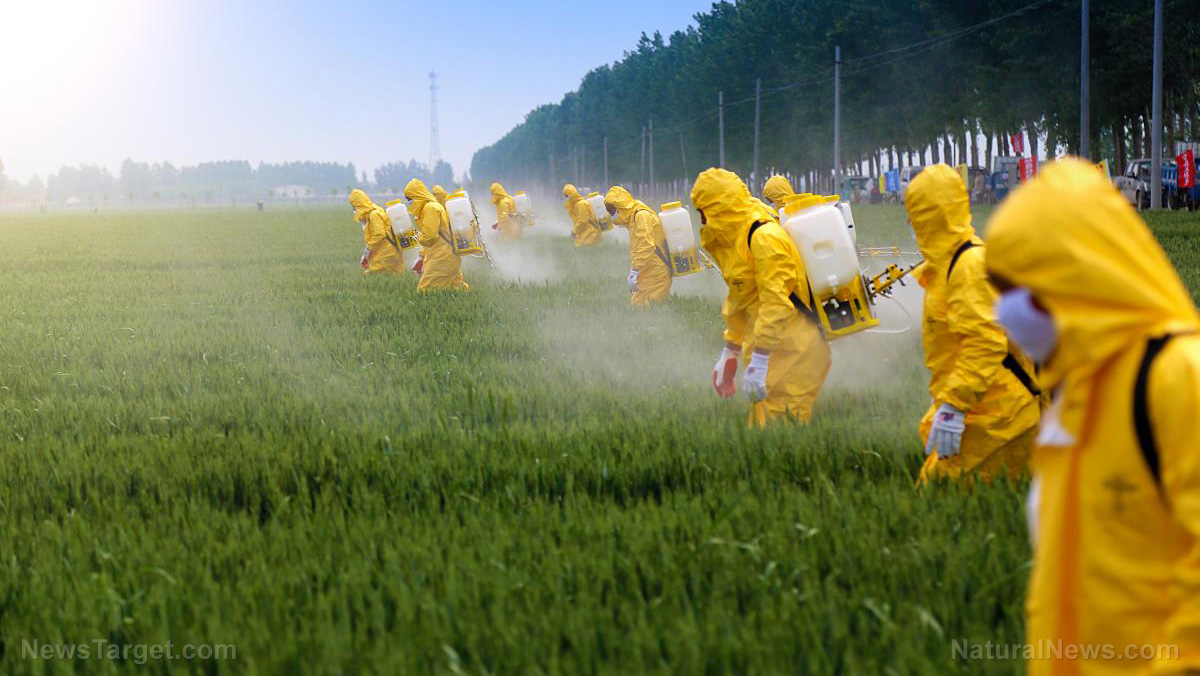
Now that two juries have named Monsanto’s top weedkiller, Roundup, as a “substantial factor” in causing cancer in at least two people, concerns about current farming practices are on the rise. The food industry has a dirty little secret they’ve been hiding for many years: Farmers sometimes use Roundup for off-label purposes — and by doing so, they are putting public health at risk. Shocking research published by Environmental Sciences Europe describes the ways in which many grain farmers now use Roundup to expedite the harvesting process — and how they contaminate their crops in the process.
Given the groundbreaking court cases we’ve seen taken up against Monsanto and their toxic herbicide in the last year, the fact that farmers are spraying crops with Roundup a week before harvest is highly alarming. Research from the Environmental Working Group (EWG) has shown that a striking majority of cereals, snack bars and other grain-based foods are tainted with glyphosate residue. Many of these foods are positioned as snack options for children — but they’re more poison than they are healthy.
Glyphosate and harvest season
Glyphosate use has been on the rise since the 1970s, but most of the 1.6 billion kilograms used on crops has been sprayed within the last 10 years. Research published in 2016 by Charles M. Benbrook shows that there have been many disturbing changes in glyphosate usage since it first hit the market over forty years ago. He writes that “no pesticide has come remotely close to such intensive and widespread use,” — a fact that is most unsettling, given the grievous health effects glyphosate formulations are now known to cause.
Waking Times reports that research led by Benbrook indicates the practice of using glyphosate to dry out, or “desiccate,” wheat crops first began in 1980’s Scotland.
Via the Waking Times:
Farmers there often had trouble getting wheat and barley to dry evenly so they can start harvesting. So they came up with the idea to kill the crop (with glyphosate) one to two weeks before harvest to accelerate the drying down of the grain.
Benbrook’s 2016 paper notes that the practice of using glyphosate as a desiccant first started gaining popularity in the United States in the mid-2000s. So much glyphosate is applied to our crops, regulatory agencies have drastically altered tolerance levels to accommodate increases in herbicide spraying.
Benbrook writes:
Because such applications occur within days of harvest, they result in much higher residues in the harvested foodstuffs [42]. To cover such residues, Monsanto and other glyphosate registrants have requested, and generally been granted, substantial increases in glyphosate tolerance levels in several crops, as well as in the animal forages derived from such crops.
In the EU, the expected increases in glyphosate residues from expanded spraying practices were so large that many countries have banned “harvest aid” herbicide applications. In the U.S., they simply raised the threshold.
Glyphosate is dangerous
In the last year, two people have taken Monsanto to court over allegations that glyphosate — the star ingredient of Roundup — causes cancer. And in both cases, the jury has decided in favor of the plaintiffs, concluding that the herbicide was a “substantial factor” in their illnesses.
The World Health Organization has named glyphosate as a probable carcinogen — and there is a mountain of independent science which clearly demonstrates the potential risk it poses to human health.
More, scientists are now admitting that it is impossible for them (or pesticide manufacturers) to truly predict the effects their products will have in real life. There is little to no data on what happens when pesticides interact with each other, for example — even though almost all conventionally grown crops will contain traces of more than one chemical. Across the board, safety testing on pesticides is woefully lacking.
Glyphosate isn’t just a nuisance, it’s a major health hazard. Learn more about the dangers of agrichemicals at Pesticides.news.
Sources for this article include:
Tagged Under: farmers, food crops, food supply, glyphosate, harvest, herbicides, Monsanto, off label use, Roundup, toxic chemicals, toxic food, toxic ingredients, toxins


